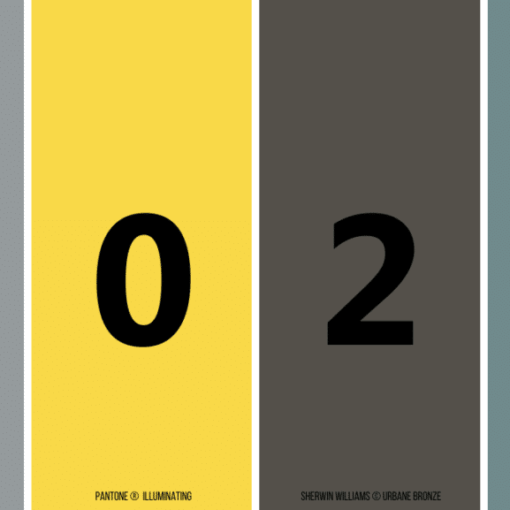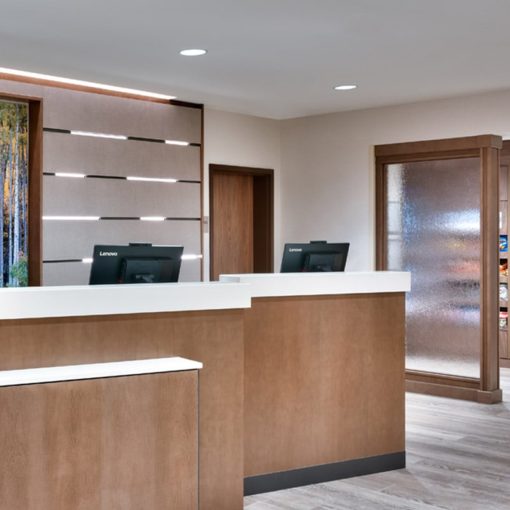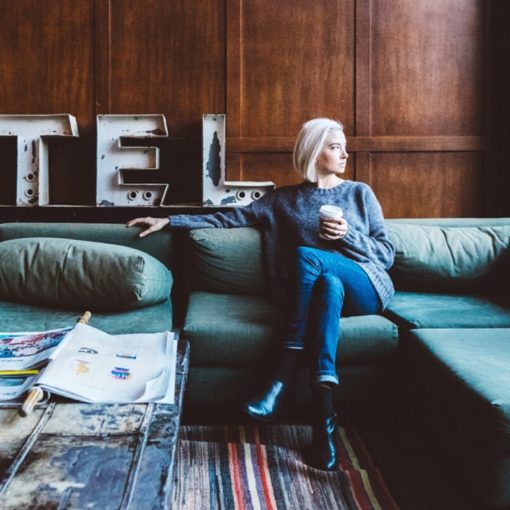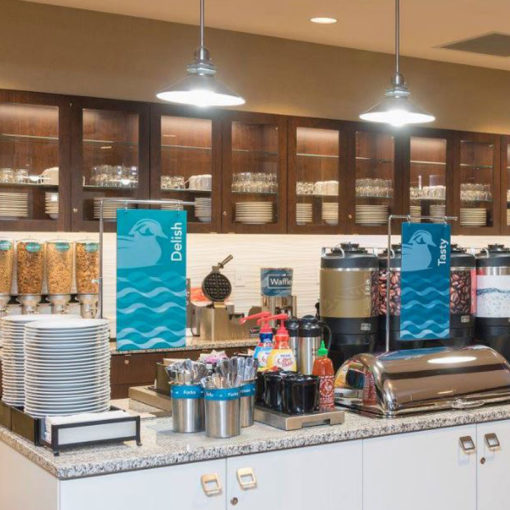Design Trends and Tips in Hospitality Seating
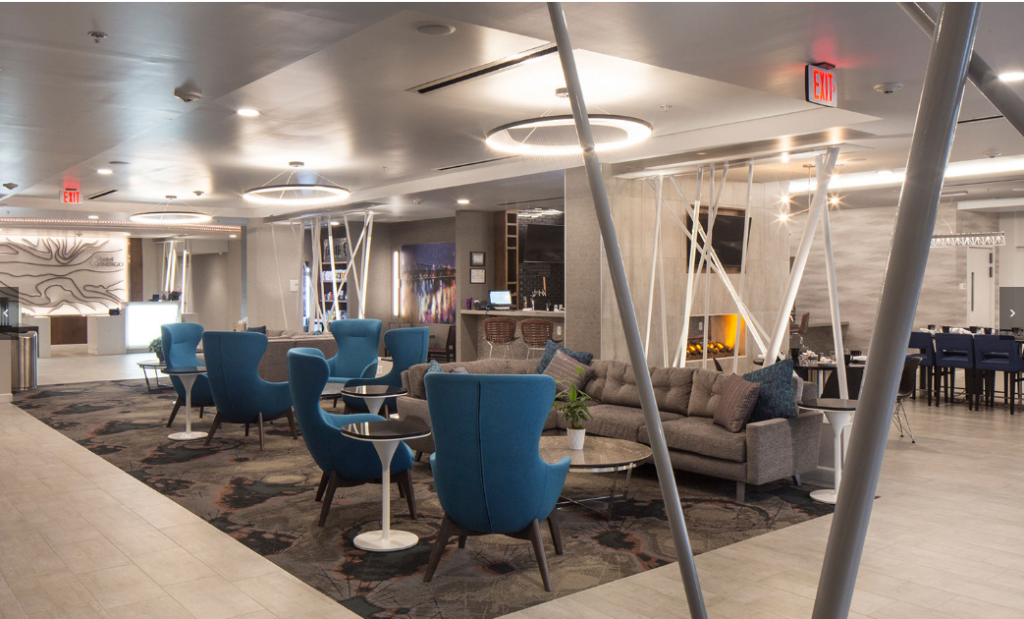
Seating might be the décor element within a hotel that guests experience most intimately. From individual seating items like dining chairs to large sectionals or banquettes, guests interact with and feel the items as they rest upon them. So, your hotel seating is more than just eye candy!
Your seating selections will impact guests’ opinions of your property, so they must be built with their intended use in mind and be well-suited for the environment they will occupy. There is much to consider.
For example, choosing the right fabric involves pattern, material, and content specifications. Providing a seat that is comfortable requires thoughtful height and depth dimensions, not being too rigid or too soft, and a product not showing its age. Ensuring the proper scale for the volume of space is another part of a successful seating choice. Mistakes on fabric, comfort, or scale could diminish hotel guests’ impressions and enjoyment, while possibly also causing your seats to not be as useful or hold up well over time.
Read on to learn the trends designers from ID Studio have been seeing in hospitality seating and some tips for ensuring your hotel’s seating is both comfortable and functional.
Design Trends in Hospitality Seating
We are seeing a more residential feel in hospitality seating, with curves and back tufting. There’s better attention to detail, such as hammered metals, attention to backs with accents, and woven materials like cane and leather.
We’re also seeing unique seating elements in outdoor spaces that stand out in form or possibly function.
Finally, several manufacturers offer metal frames for dining and meeting chairs with a wood look and feel. These frames are extremely durable. Shelby Williams, MTS Seating, Daniel Paul, and ISA International are a few manufacturers offering this finish.
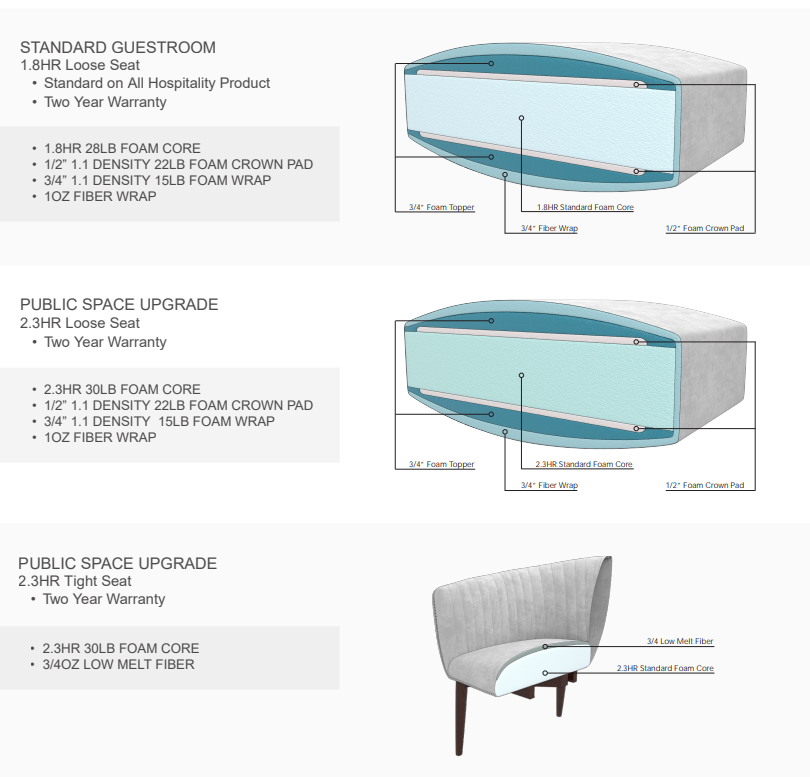
Tips in Selecting Hospitality Seating
Like the story of Goldilocks and the Three Bears, it’s important to get your seating just right!
Foam firmness (measured as Indentation Load Deflection, or ILD), fabric type, and fiber (dacron) wrap are critical ingredients in creating the right seating.
The upholstery content of seating for guestrooms should differ from that of public areas. Kellex Seating provides this very simple reference for lounge seating in guestrooms and public areas.
It is important to note that a seat crown and softness or firmness are not contingent on the foam’s ILD. The foam is the support element. The crown pad, fiber wrap, and potentially the foam topper create how the “seat” will feel.
If the internal and external components are compatible and will work well together, seating should withstand five or more years of usage. An experienced hospitality designer should know and understand how to combine different variables to create the desired seating. The designer should also work with the manufacturer to ensure they produce the finished product correctly.
When you work with ID Studio on custom projects, the team will select manufacturers with experience not only with the type of seating but also with the style and scale of the item. We’ll also collaborate with the vendors to ensure their products capture the desired design intent.
To learn more about how Innvision can support your next hotel project, reach out!
